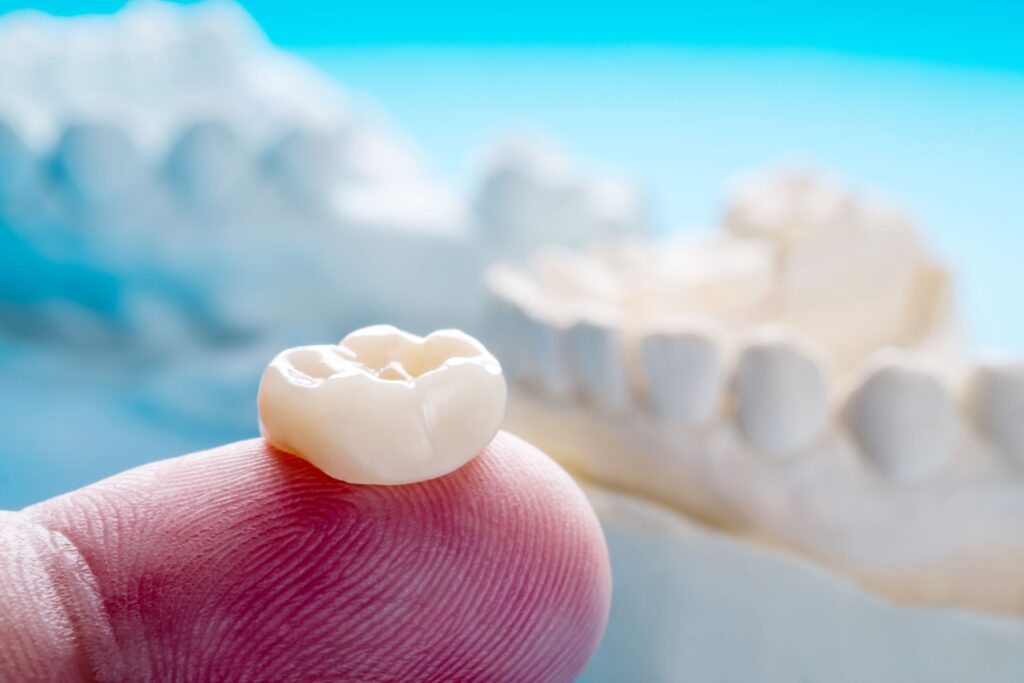
Dental crowns are a versatile treatment that can serve one or several purposes, depending on your needs. For example, these tooth-shaped caps can cover dental implants, anchor dental bridges, mask cosmetic concerns, rebuild lost enamel, or protect damaged teeth, especially if you just had a root canal.
However, many patients have questions about these restorations, such as how long they last. Typically, dental crowns can remain in place for 5 to 15 years, but it can depend on your unique circumstances. Continue reading to learn about 3 factors that can potentially impact its lifespan!
Factor #1: Your Dental Hygiene Habits
These covers are made from resilient ceramic that can be customized to look just like your natural enamel, but fortunately, it doesn’t develop decay like your natural teeth. However, that doesn’t mean that you no longer need to be concerned with your oral health. Oral issues, such as cavities and gum disease, can erode the tooth or connective tissues keeping your dental crown in place.
You can protect your recently restored smile by implementing a twice-daily dental hygiene routine, if you don’t already have one in place. You should thoroughly brush and floss your teeth morning and night to remove problematic plaque and bacteria.
Factor #2: What It’s Made From
Historically, dental repairs like fillings and crowns were made with amalgam metal known for its durability. These often contained mixtures of silver, copper, tin, or zinc mixed with liquid mercury as a bonding agent. Although today most restorations are made from tooth-colored porcelain, your dentist might recommend an amalgam crown in certain circumstances.
For instance, if you have a damaged molar requiring protection, a metallic dental crown might be ideal because it can withstand the extra pressure of biting and chewing regularly without wearing down as quickly.
Factor #3: The Reason For Its Placement
These dental prosthetics can be used in one of several ways, and the reason you need one can potentially affect its longevity. For example, a dental crown can be placed over a natural abutment tooth to anchor a dental bridge or to cover broken enamel to prevent damage while restoring its functionality.
However, your provider might also place a dental crown to cover a dental implant to close a gap in your grin left behind by a pearly white that fell out. Unfortunately, if it’s anchored over natural enamel, it’s more likely to eventually fail because of decay in the underlying tooth.
Thankfully, cleaning your mouth twice daily and visiting your dentist every six months for a routine checkup and cleaning can help keep your dental crown looking and feeling great!
About the Practice
Patients at Family Dental Center of East Texas benefit from a team of dentists dedicated to helping them build and maintain happy, healthy smiles. Dr. Youngblood and Dr. Martinez collaborate to provide a comprehensive menu of services to people of all ages to meet your needs at one convenient location, including providing lifelike dental crowns. Their caring approach combines with advanced technology to deliver comfortable, accurate treatment results intended to last. You can request an appointment on the website or call (936) 427-9070.
